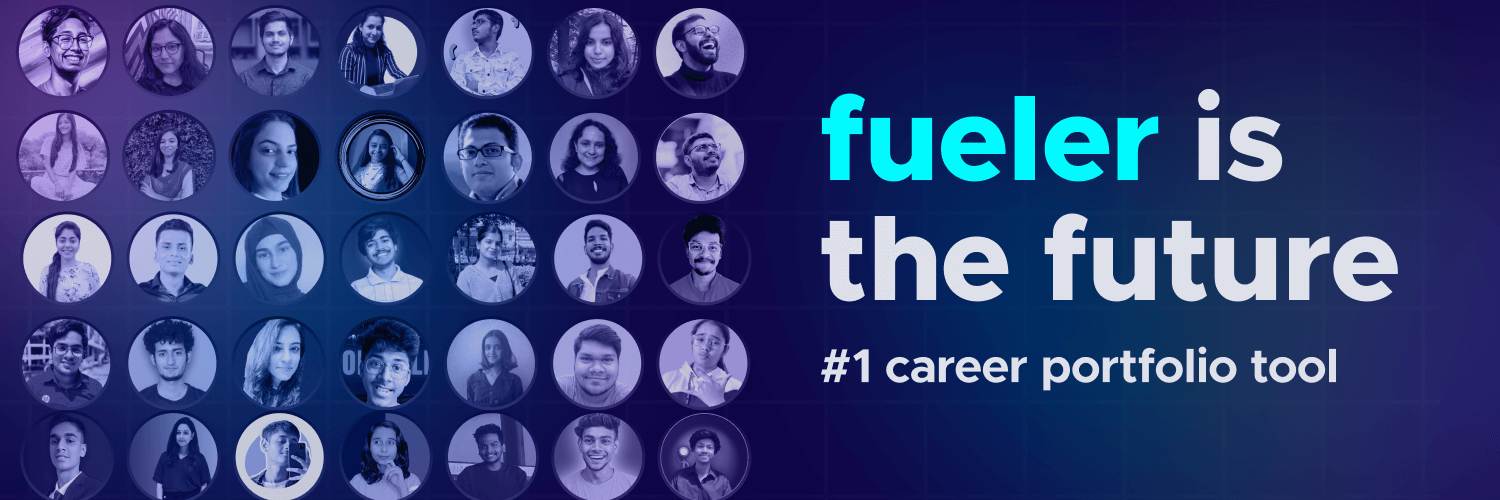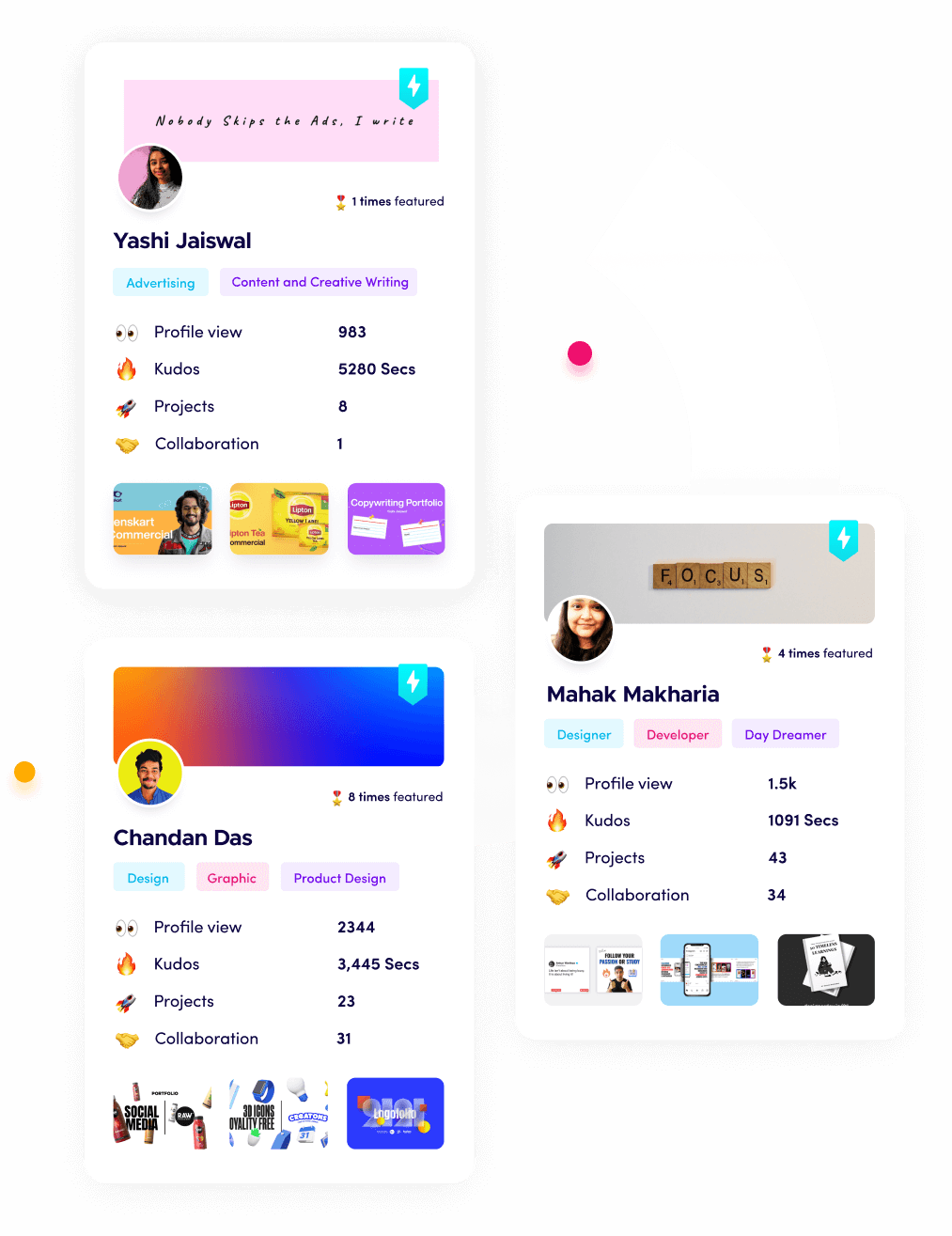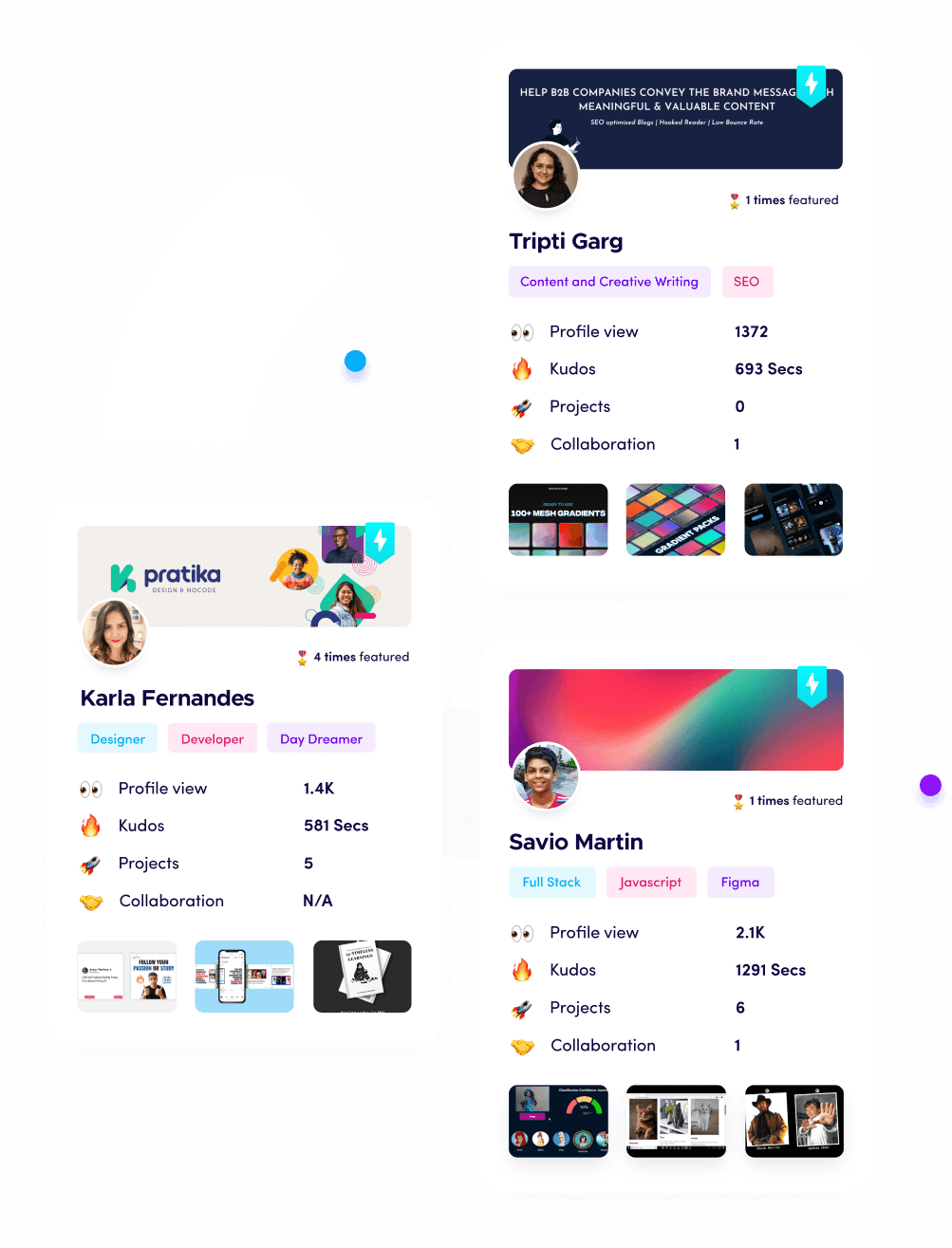How to Showcase Client Work Without NDAs

Riten Debnath
22 Jun, 2025

Ever felt like your best work is locked away, hidden from the world because of a client’s NDA? You’re not alone. In 2025, more freelancers and professionals than ever are frustrated by not being able to show the projects that truly prove their skills. But what if you could still impress new clients—without breaking any rules? There are smart, legal ways to showcase your expertise, even when your hands seem tied
I’m Riten, founder of Fueler—a platform that helps freelancers and professionals get hired through their work samples. In this article, I’ll show you the most effective and up-to-date ways to showcase client work when NDAs are involved. Your portfolio isn’t just a collection of projects—it’s your proof of skill, your credibility, and your shortcut to trust. Even if you can’t show everything, you can still demonstrate your value and stand out in the remote job market
1. Understand the NDA’s Level of Confidentiality
Not all NDAs are equally strict. Some only restrict sharing certain details, while others forbid any mention of the project. Read your NDA carefully to know what you can and cannot show. Sometimes, omitting the client’s name or specific data is enough. If the NDA has expired, you may be able to add the work to your portfolio.
Features:
- Clarifies what’s confidential
- May allow partial sharing
- Helps avoid legal risks
- Lets you plan your portfolio updates
Why it matters:
- Knowing the exact terms helps you maximize what you can show, keeping your portfolio strong without risking a breach.
2. Ask for Client’s Permission
Sometimes, clients will let you share parts of the project if you ask. Prepare a written request outlining what you want to display. Suggest sharing screenshots, anonymized data, or a general project description. Respect their guidelines and get permission in writing. Many clients appreciate your honesty and may grant partial approval.
Features:
- Opens a dialogue with the client
- Can lead to written consent
- Lets you clarify what’s allowed
- Shows professionalism and respect
Why it matters:
- This approach can unlock portfolio opportunities you didn’t expect and shows clients you value their trust and privacy.
3. Generalize Your Project Descriptions
Describe your work in broad terms without revealing confidential details. Focus on your role, the problem you solved, and the impact you made. Use phrases like “global fintech company” or “leading e-commerce brand” instead of real names. Highlight your process and results, not the specifics.
Features:
- No client names or visuals
- Emphasizes your skills and approach
- Keeps details broad and safe
- Professional and NDA-compliant
Why it matters:
- You demonstrate your value and experience, even if you can’t show the actual work—keeping your portfolio relevant and impressive.
4. Mask or Redact Sensitive Content
Showcase your work by blurring or redacting confidential information in screenshots or designs. Replace real company names, logos, and data with placeholders or dummy content. This is common in design and marketing portfolios. It lets you display your structure and creativity without breaking the rules.
Features:
- Visuals with blurred/redacted info
- Dummy content replaces real data
- Uses generic labels
- Focuses on layout and design
Why it matters:
- You can prove your technical skills and creativity while fully respecting client confidentiality—a widely accepted compromise in the industry.
5. Create Hypothetical or Side Projects
If you’re under a strict NDA, create a similar project using a hypothetical brand or scenario. Modify layouts, content, and branding to avoid overlap with the original work. Document your process and explain your decisions step by step. This demonstrates your workflow, creativity, and technical ability.
Features:
- Hypothetical or modified projects
- Detailed process explanations
- Shows sketches and iterations
- Safe for strict NDAs
Why it matters:
- This approach proves you can deliver similar results for future clients, even without access to the original files. It’s also a great way to show your thinking and skills.
6. Use Password-Protected Portfolio Sections
For your most sensitive projects, use password-protected sections in your portfolio. Only share the password with serious leads or during interviews. Make it clear these projects are confidential and access is limited for privacy reasons. This balances transparency with respect for NDAs.
Features:
- Restricted access to sensitive work
- Full case studies behind a password
- Clear NDA disclaimers
- Easy to manage and update
Why it matters:
- Lets you present your best work to trusted prospects without risking a breach. Shows you’re careful and professional about confidentiality.
7. Focus on Process, Outcomes, and Skills
Instead of showing deliverables, highlight your workflow, decision-making, and the results you delivered. Use diagrams, flowcharts, or before-and-after metrics to illustrate your impact. This is especially useful for strategy, consulting, or technical roles.
Features:
- Emphasizes process and thinking
- Uses diagrams and flowcharts
- Shares measurable outcomes
- No need for visuals or brand names
Why it matters:
- Clients care about how you think and the results you get. This method proves your expertise and value, even if you can’t share the actual files.
Final Thought
Showcasing client work without breaking NDAs is a vital skill for every freelancer and professional in 2025. By understanding your NDA, seeking client permission, generalizing project details, masking sensitive content, creating hypothetical projects, using password-protected sections, and focusing on your process and outcomes, you can keep your portfolio strong and competitive. These strategies help you prove your expertise, build trust, and land remote jobs—without risking your reputation or client relationships. Remember, best practices in portfolio presentation multiply your long-term opportunities, just like compound interest grows your wealth over time. Consistent, thoughtful updates will keep you ahead in the freelance market.
FAQs
1. How do I legally show NDA work in my portfolio?
Describe your role and results in general terms, mask sensitive content, or use hypothetical examples. Always check your NDA and, if possible, ask the client for written permission before sharing anything.
2. Can I ever show actual screenshots from NDA projects?
Only if your NDA allows it or if you have written consent from the client. Otherwise, use blurred, redacted, or recreated visuals to demonstrate your skills without revealing confidential information.
3. What if my portfolio looks empty because of NDAs?
Fill gaps with personal, hypothetical, or open-source projects that showcase your process and skills. You can also use anonymized case studies to highlight your impact and experience.
4. Are password-protected portfolio sections safe for NDA work?
Yes, password-protected sections are a widely accepted way to share sensitive work with trusted leads or during interviews, as long as you clarify the confidential nature and limit access.
5. How often should I update my portfolio with new work?
Update your portfolio every few months or after completing significant projects. Regular updates keep your portfolio fresh, relevant, and aligned with the latest best practices in project and portfolio management.
What is Fueler Portfolio?
Fueler is a career portfolio platform that helps companies find the best talents for their organization based on their proof of work.
You can create your portfolio on Fueler, thousands of freelancers around the world use Fueler to create their professional-looking portfolios and become financially independent. Discover inspiration for your portfolio
Sign up for free on Fueler or get in touch to learn more.


